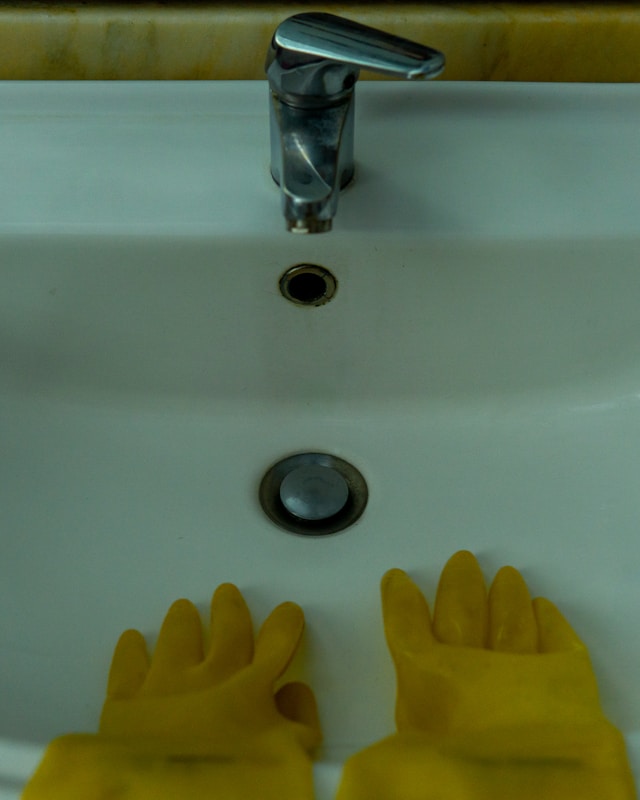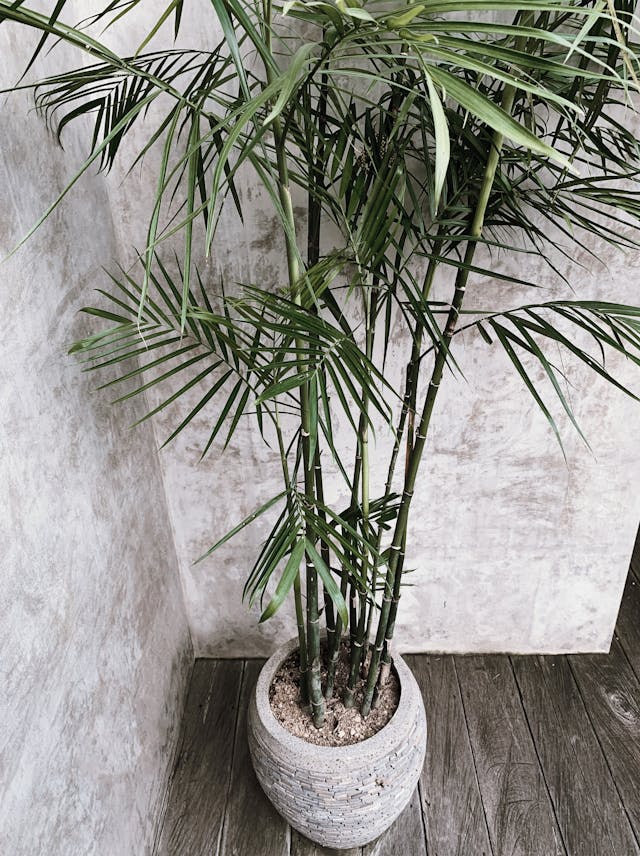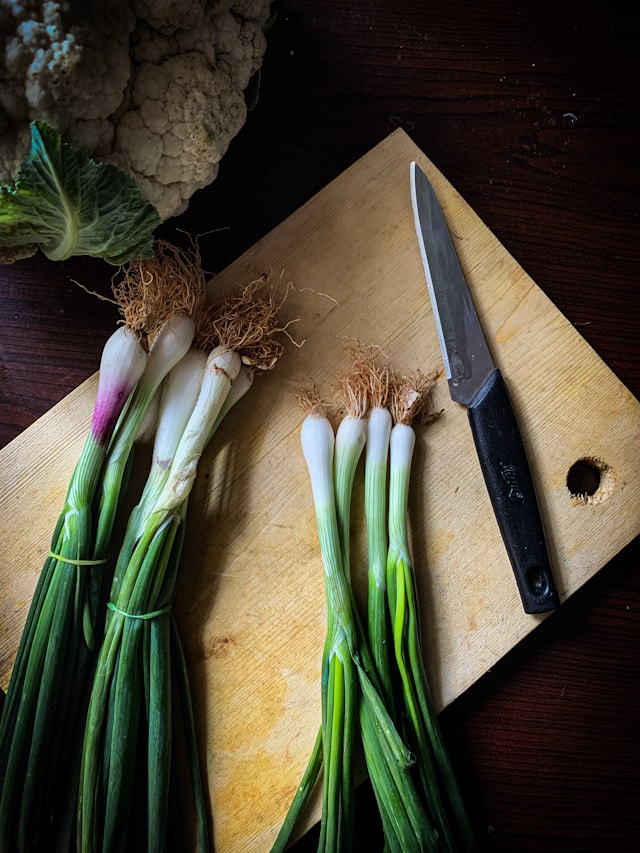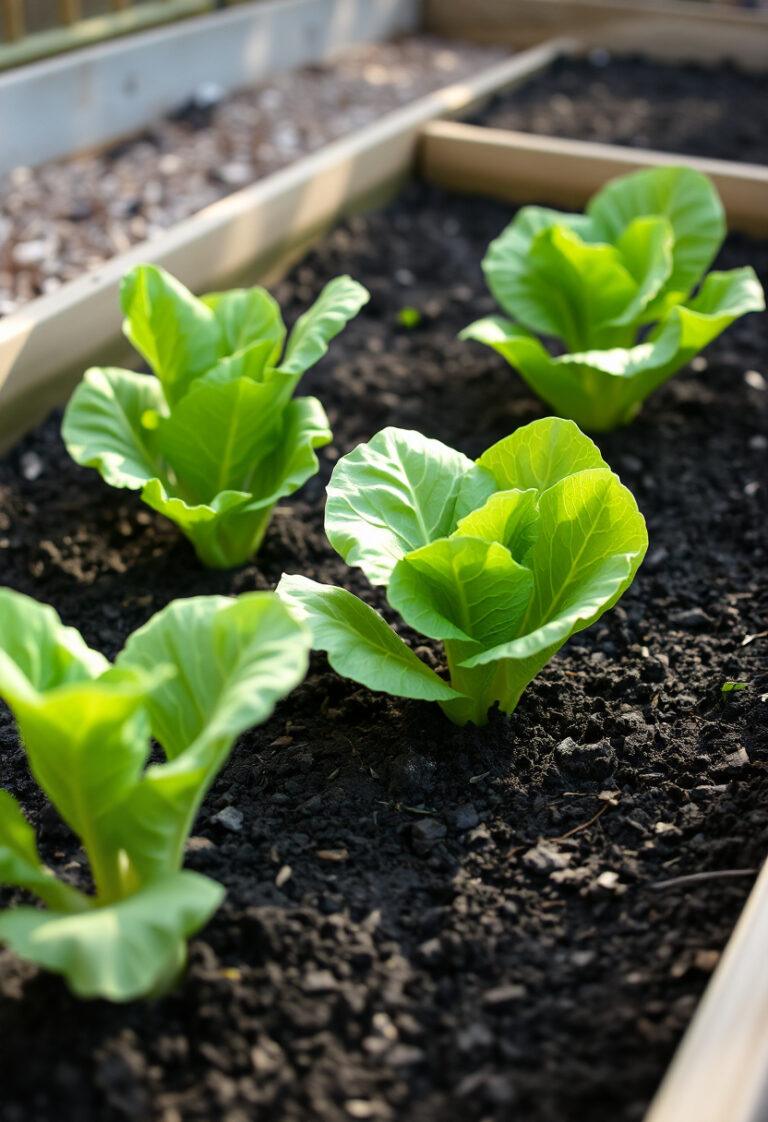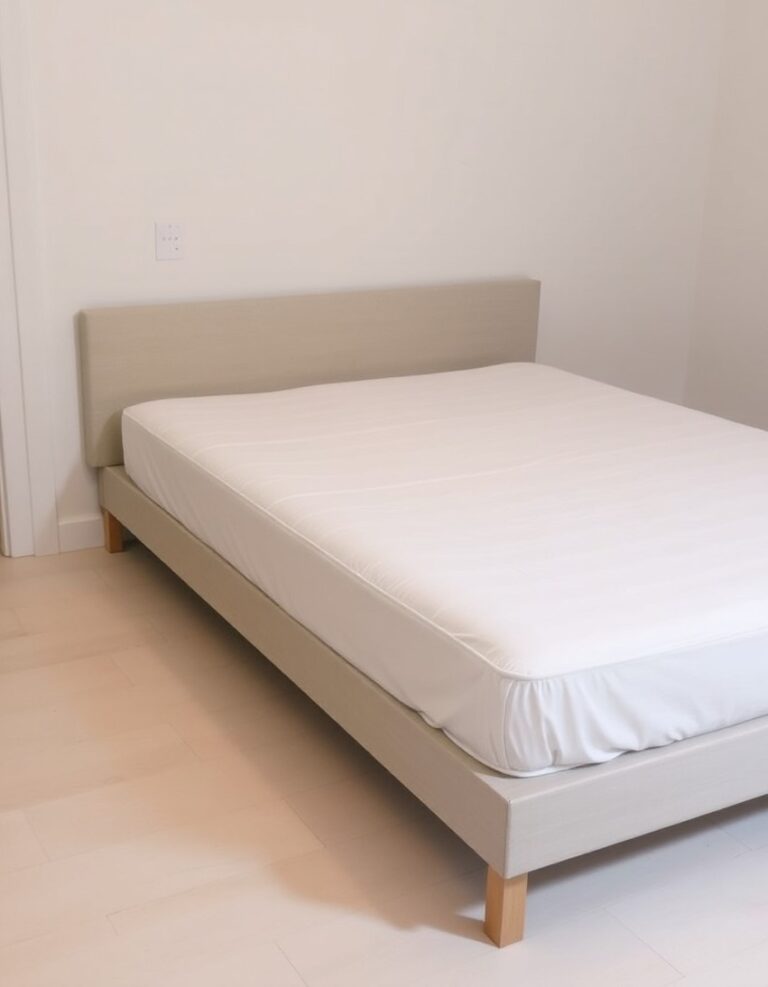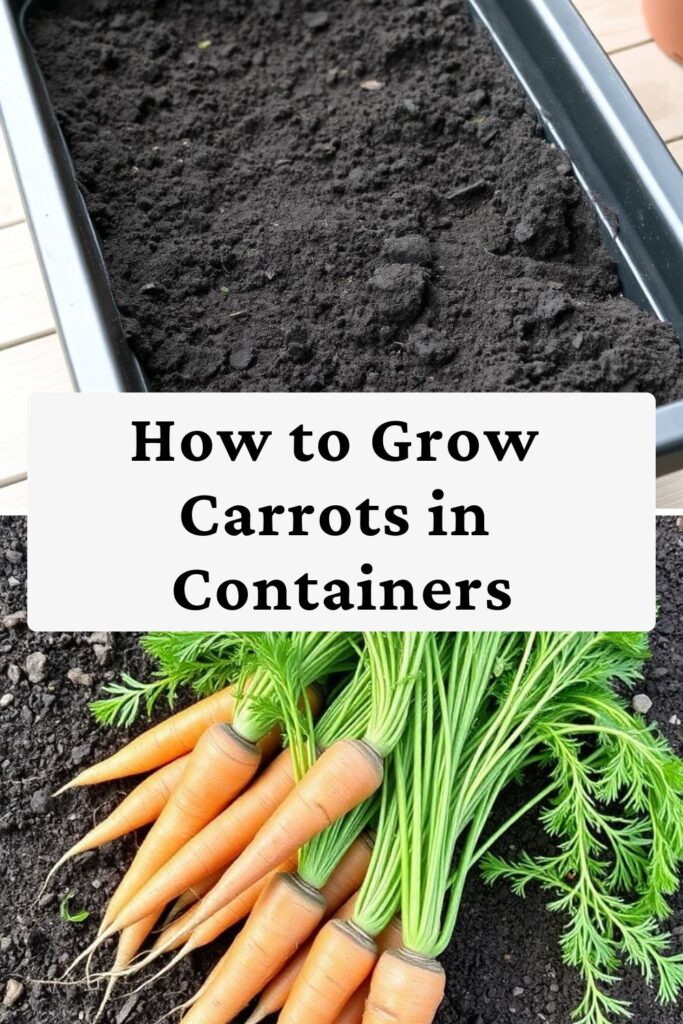
Growing your own vegetables at home has become increasingly popular, and learning how to grow carrots in containers opens up gardening possibilities even for those with limited space. Container gardening allows apartment dwellers, renters, and homeowners with poor soil conditions to enjoy fresh, homegrown carrots right from their balcony, patio, or windowsill.
Container-grown carrots can be just as flavorful and nutritious as those grown in traditional garden beds. With proper setup and care, you can harvest crunchy, sweet carrots in as little as 70-80 days from seed to harvest.
Choosing Containers for Growing Carrots

Successful carrot container gardening starts with selecting an appropriate container. Carrots develop long taproots, so container depth is crucial for proper growth.
Minimum container requirements:
- Depth: At least 12-18 inches for standard varieties
- Width: 6-8 inches minimum per carrot
- Drainage: Multiple holes in the bottom
Suitable container types include:
- Deep plastic planters
- Fabric grow bags
- Wooden boxes or raised bed containers
- Large ceramic pots
Avoid shallow containers, as they will cause carrots to become stunted or develop forked, misshapen roots. Window boxes work well for shorter carrot varieties but ensure they’re at least 12 inches deep.
Carrot Varieties for Container Planting
Not all carrot varieties are suitable for container growing. Short and round carrot varieties perform better in confined spaces than long, traditional types.
Recommended varieties for containers:
- Paris Market: Round, golf ball-sized carrots, 2-3 inches long
- Thumbelina: Small, round variety, 1-2 inches diameter
- Little Finger: Slender, 3-4 inches long
- Romeo: Baby carrots, 3-4 inches long
- Short ‘N Sweet: Compact variety, 4 inches long
These compact carrot cultivars are specifically bred for container growing and small spaces, ensuring better success rates than standard full-size varieties.
Essential Soil Requirements for Container Carrots
Proper soil preparation directly impacts carrot quality and yield. Carrots need loose, well-draining soil that allows their roots to develop without obstruction.
Soil mixture recipe:
- 40% high-quality potting mix
- 30% compost or aged manure
- 20% perlite or coarse sand
- 10% coconut coir or peat moss
The soil should be light and fluffy to prevent compaction. Heavy clay soils or dense potting mixes will cause carrots to become stunted, forked, or difficult to harvest.
Soil pH should range between 6.0-6.8 for optimal nutrient uptake. Test your soil mixture before planting and adjust with lime (to raise pH) or sulfur (to lower pH) if needed.
How to Grow Carrots in Containers
Direct seeding is the only viable method for growing carrots, as they don’t transplant well due to their sensitive taproot.
Planting steps:
- Fill containers with prepared soil mixture, leaving 1 inch of space from the rim
- Create shallow furrows approximately ¼ inch deep
- Sow seeds thinly, spacing them ½ inch apart
- Cover lightly with soil and mist gently
- Keep soil consistently moist until germination (7-14 days)
Timing considerations:
- Start seeds 2-3 weeks before the last frost date
- For continuous harvest, plant new seeds every 2-3 weeks
- Fall planting works well in most climates
Seeds can be slow to germinate, so patience is essential during the first two weeks. Maintain consistent moisture without waterlogging the soil.
Proper Care and Maintenance for Container Carrots
Consistent care ensures healthy carrot development and prevents common growing problems.
Watering Requirements
Carrots need steady moisture throughout their growing period. Inconsistent watering leads to cracked, split, or bitter carrots.
- Water when the top inch of soil feels dry
- Provide approximately 1 inch of water per week
- Use a watering can with a fine rose to avoid disturbing seeds
- Mulch around plants to retain moisture and reduce watering frequency
Thinning Seedlings
Proper spacing is critical for carrot development. Crowded carrots will be small and misshapen.
- Thin seedlings when they’re 1-2 inches tall
- Space remaining plants 1-2 inches apart
- Cut unwanted seedlings rather than pulling them
- Second thinning may be needed as plants grow
Fertilizing Container Carrots
Carrots are moderate feeders but have specific nutritional requirements.
- Use a balanced, low-nitrogen fertilizer (5-10-10 ratio works well)
- Apply liquid fertilizer every 3-4 weeks
- Avoid fresh manure, which can cause forked roots
- Side-dress with compost midway through the growing season
Problems and Solutions
Understanding potential issues helps prevent problems before they impact your harvest.
Pest Management
- Carrot fly larvae tunnel into roots – use row covers
- Aphids can be controlled with insecticidal soap
- Cutworms may damage young seedlings – use collar barriers
Disease Prevention
- Good air circulation prevents fungal diseases
- Avoid overhead watering to reduce leaf wetness
- Crop rotation in containers using fresh soil annually
Growth Issues
- Forked carrots result from obstacles in soil or fresh manure
- Green shoulders occur from sun exposure – hill soil around exposed tops
- Bitter taste usually indicates water stress or high temperatures
Harvesting Your Container-Grown Carrots

Proper harvesting timing helps you get good flavor and texture from your homegrown carrots.
Signs of readiness:
- Carrot shoulders are visible at soil surface
- Tops are full and bushy
- Days to maturity indicated on seed packet have passed
- Test harvest by gently pulling one carrot
Harvesting technique:
- Water containers the day before harvesting
- Loosen soil around carrots gently
- Pull steadily upward, grasping the green tops
- Clean immediately and store in refrigerator
Fresh carrots can be stored in the refrigerator for 2-4 weeks when properly cleaned and stored in plastic bags.
Maximizing Your Container Carrot Harvest
Strategic planning can extend your growing season and increase overall yield.
Succession Planting
Plant new containers every 2-3 weeks for continuous harvest throughout the growing season. This ensures a steady supply of fresh carrots rather than one large harvest.
Companion Planting
Compatible plants can share container space with carrots:
- Chives repel carrot flies
- Radishes help break up soil
- Lettuce provides ground cover
Season Extension
- Cold frames or row covers extend the growing season
- Some varieties tolerate light frost
- Fall plantings often produce sweeter carrots
Learning to grow carrots in containers successfully requires attention to container selection, soil preparation, and consistent care.
With proper planning and suitable varieties, container gardening allows you to enjoy fresh, homegrown carrots regardless of your available space.
Start with shorter varieties, maintain consistent moisture, and provide adequate container depth for good results.
Questions & Answers
What size container do I need to grow carrots?
You need a container that’s at least 12-18 inches deep and 6-8 inches wide per carrot plant. Deeper containers allow for better root development, while shallow containers will result in stunted or deformed carrots. Large rectangular planters or deep round pots are well-suited for growing multiple carrots.
How long does it take for carrots to grow in containers?
Container carrots typically take 70-80 days from seed to harvest, depending on the variety. Shorter varieties like Paris Market may be ready in 60-70 days, while longer varieties can take up to 90 days. Baby carrot varieties are often ready for harvest even earlier.
Can you grow regular carrots in containers?
While you can grow regular carrots in containers, shorter varieties perform much better in container settings. Standard long carrots need very deep containers (24+ inches) and are more prone to developing forked or twisted roots. Compact varieties are specifically bred for container growing and produce better results.
Why are my container carrots small and stunted?
Small, stunted carrots usually result from overcrowding, inadequate container depth, or poor soil conditions. Make sure to thin seedlings properly (1-2 inches apart), use containers at least 12 inches deep, and provide loose, well-draining soil. Heavy or compacted soil prevents proper root development.
How often should I water carrots in containers?
Water container carrots when the top inch of soil feels dry, typically every 2-3 days depending on weather conditions. Carrots need consistent moisture throughout their growing period – about 1 inch of water per week. Inconsistent watering leads to cracked, split, or bitter carrots.
What’s a suitable soil mix for growing carrots in containers?
A suitable soil mix contains 40% potting mix, 30% compost, 20% perlite or sand, and 10% coconut coir. This combination provides good drainage while retaining adequate moisture. Avoid heavy clay soils or dense potting mixes that can cause carrots to become misshapen or difficult to harvest.

